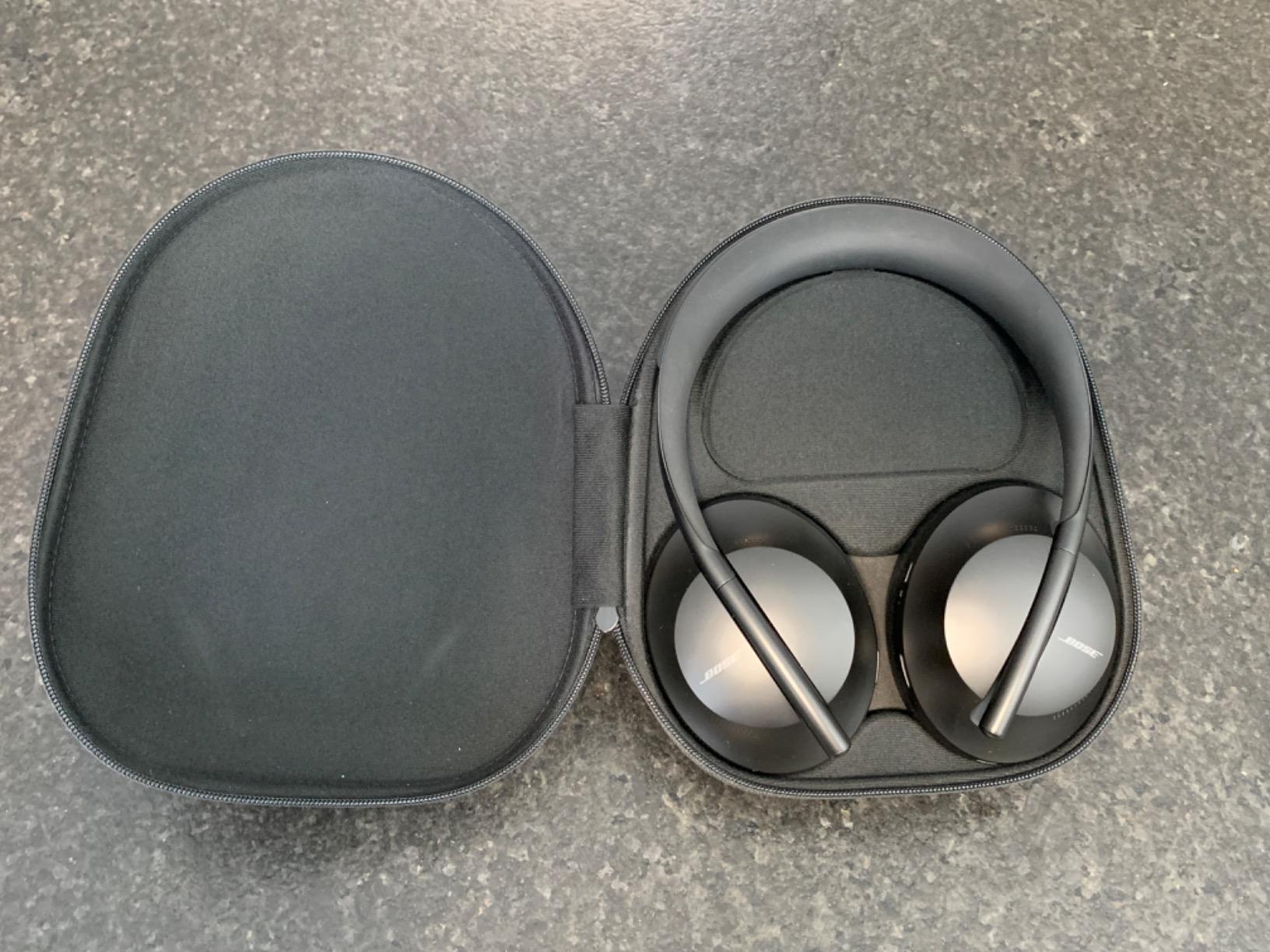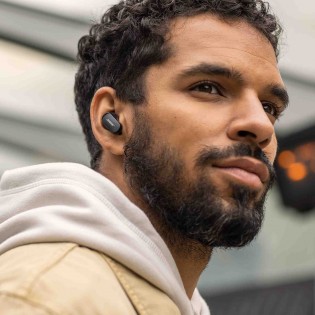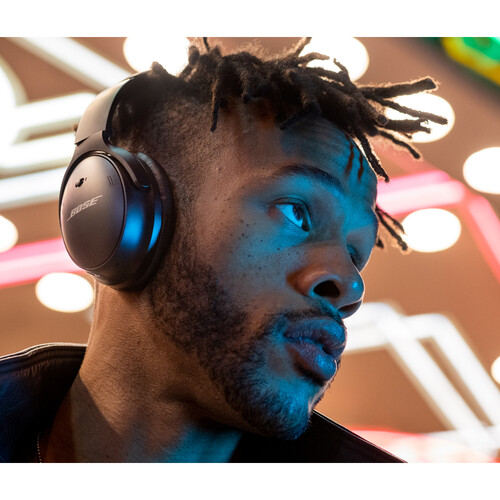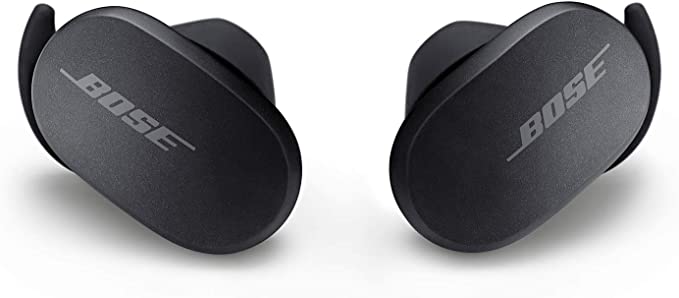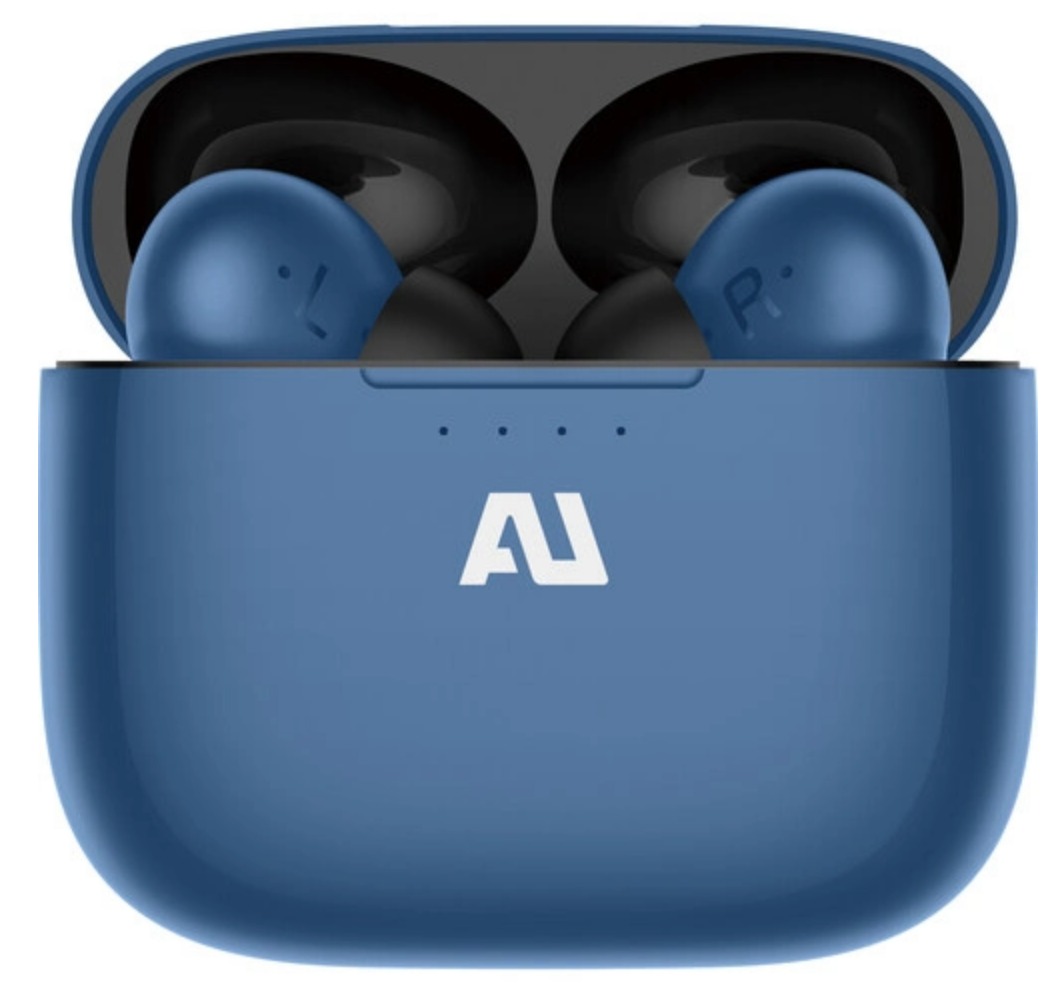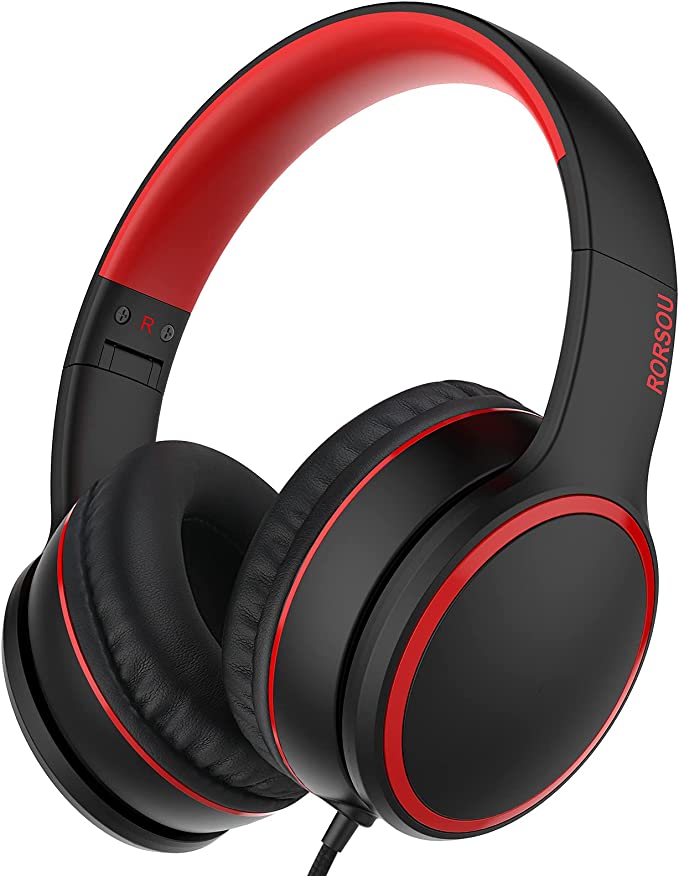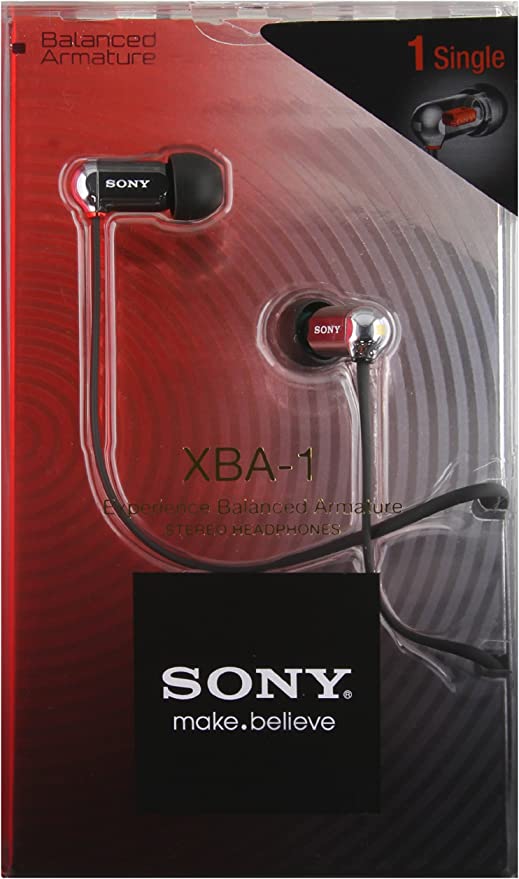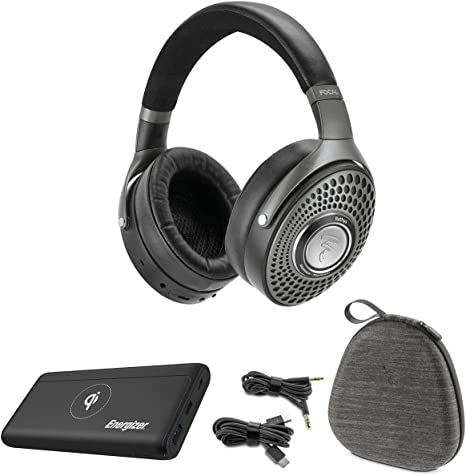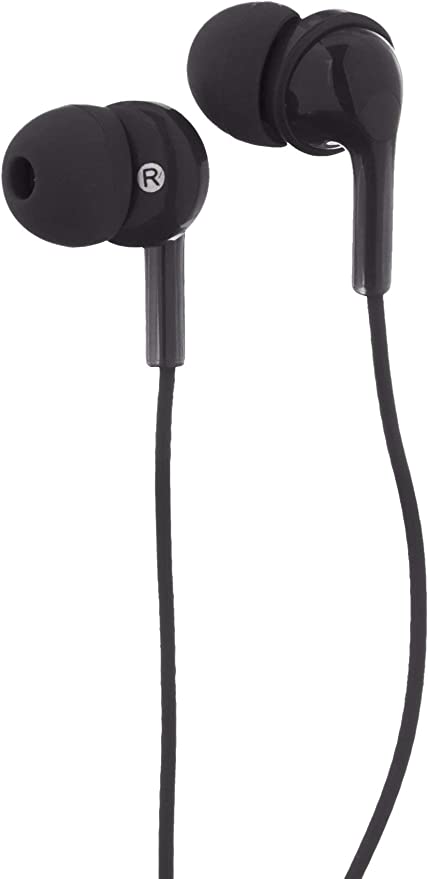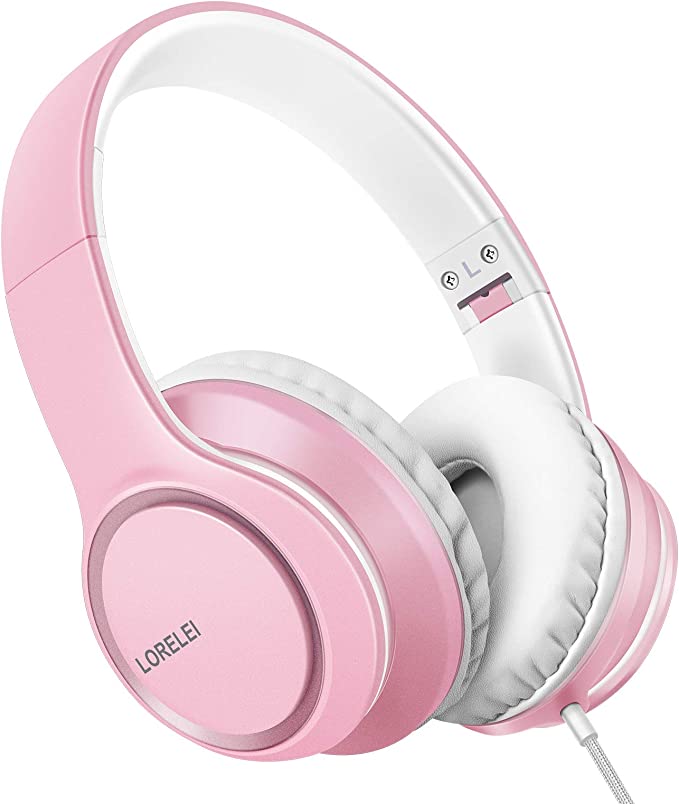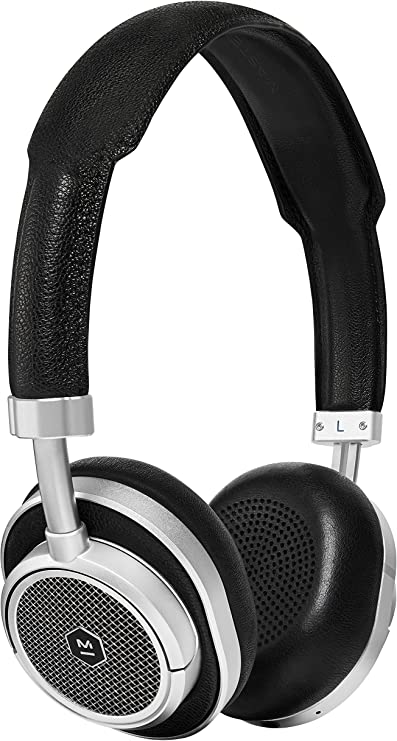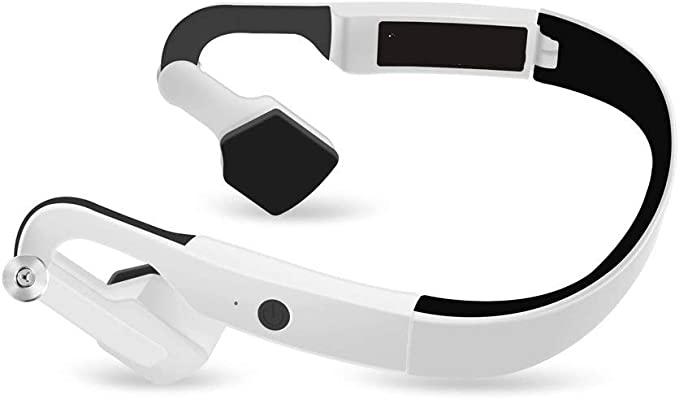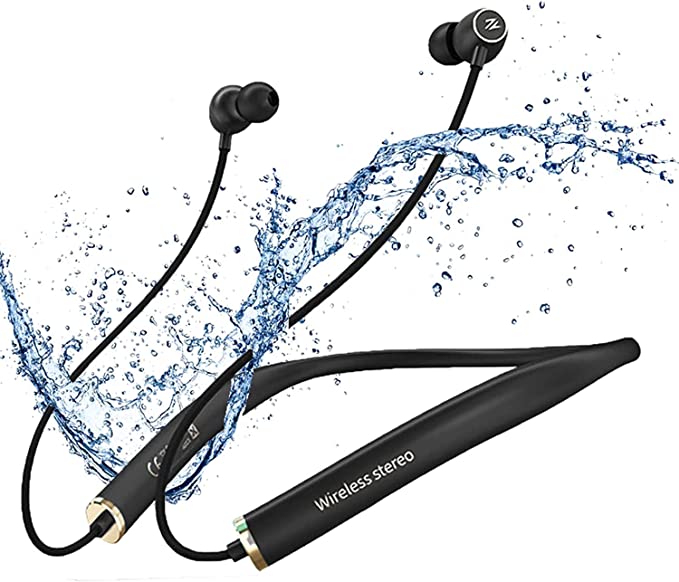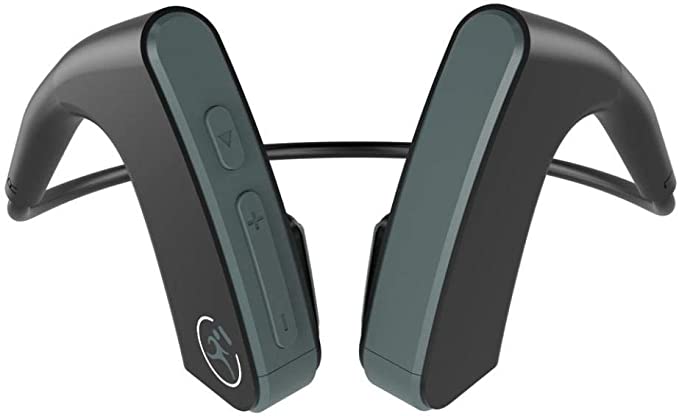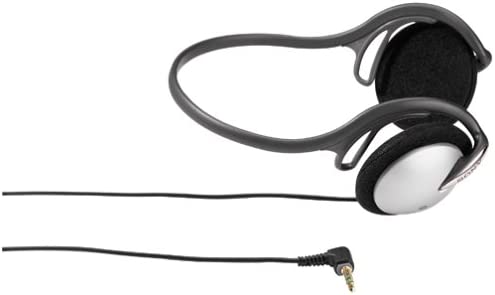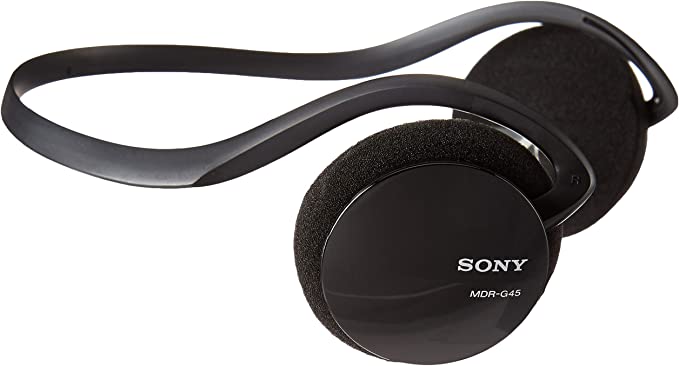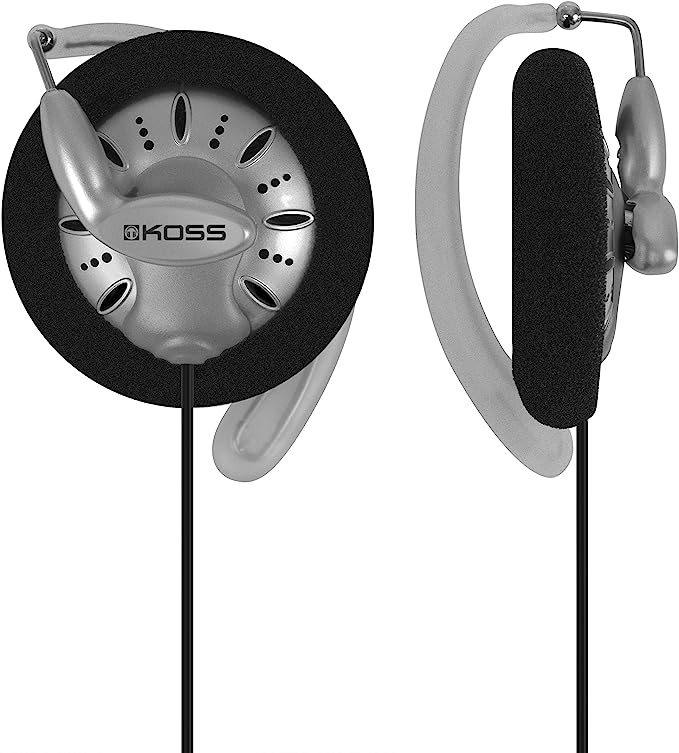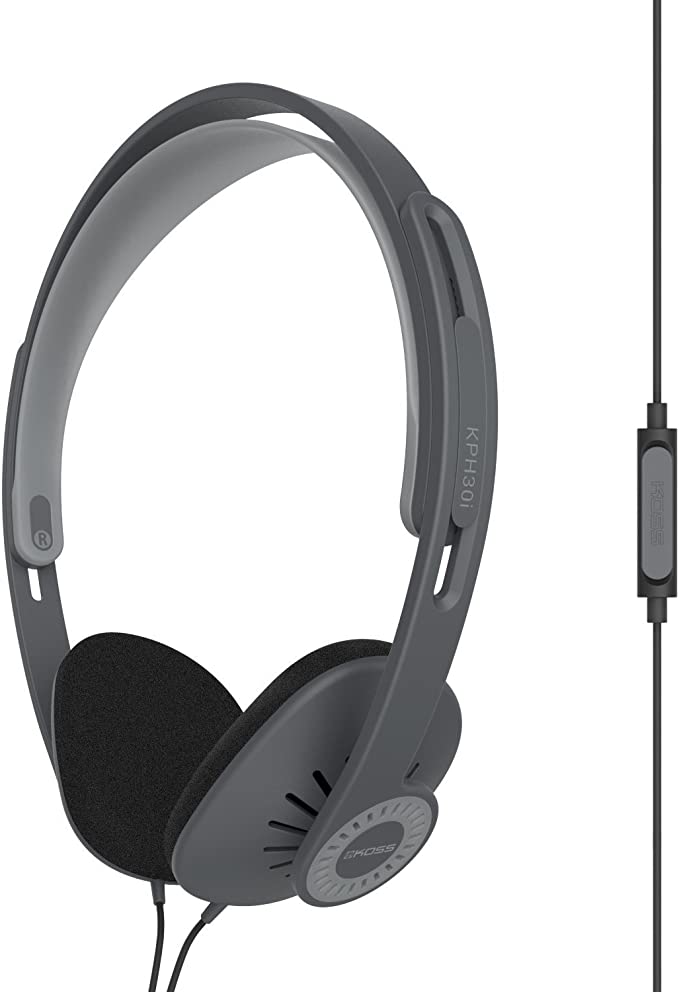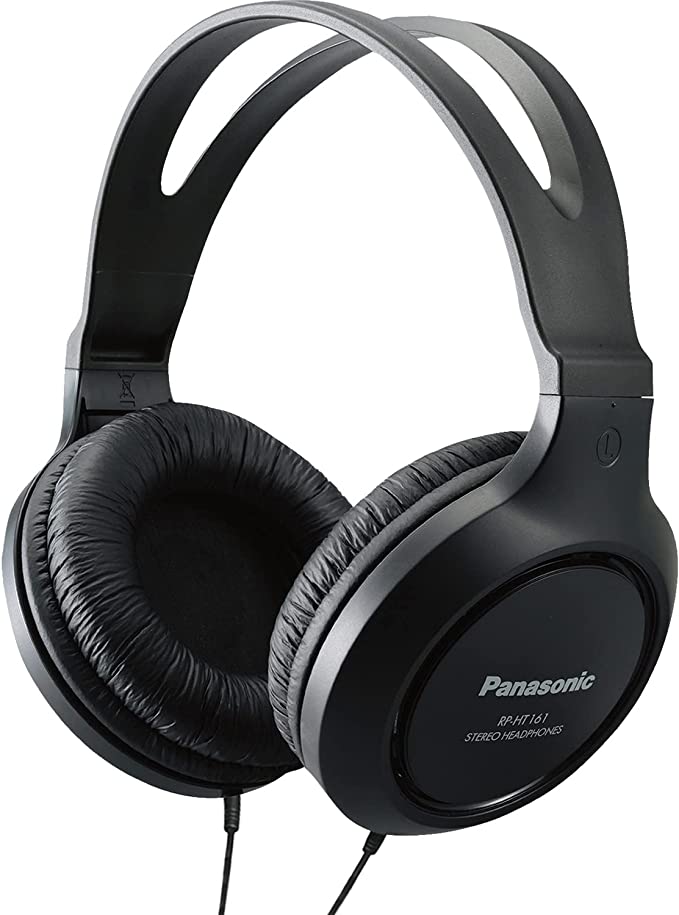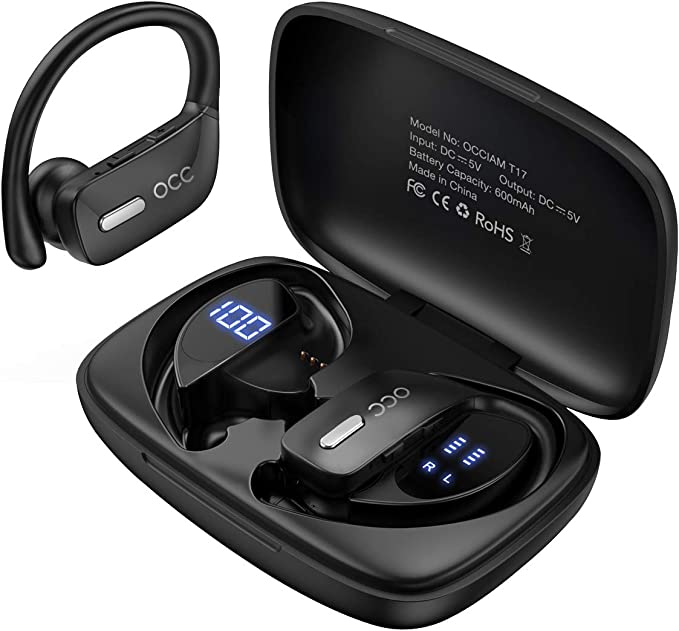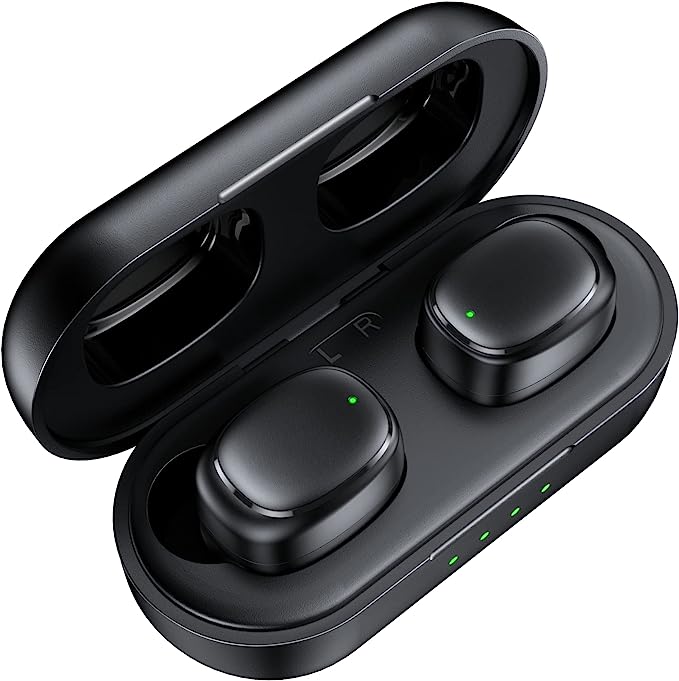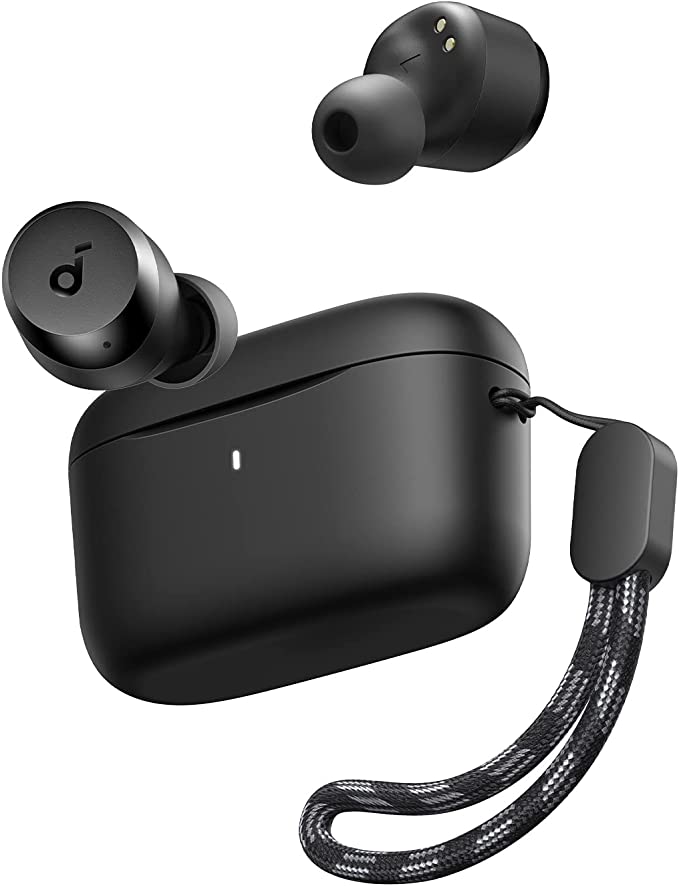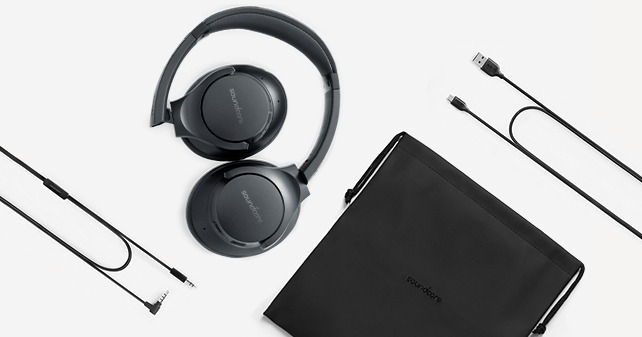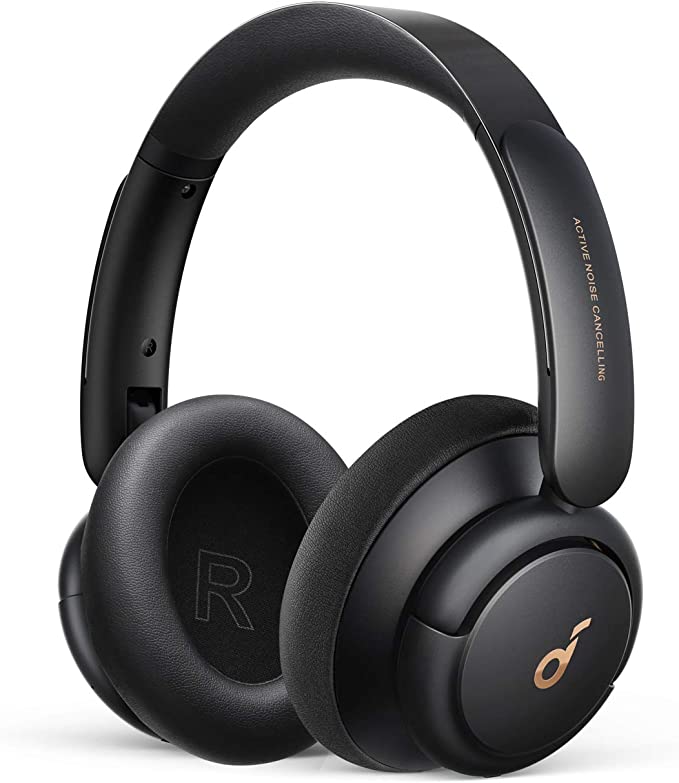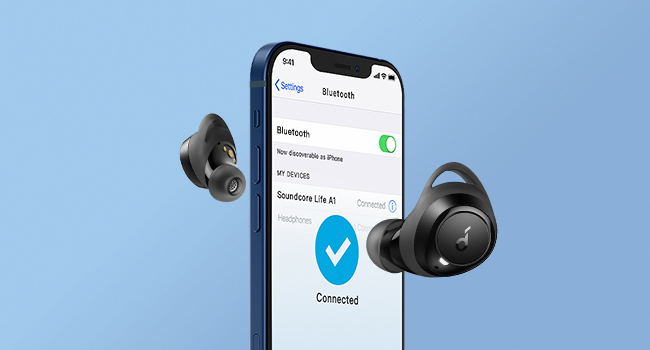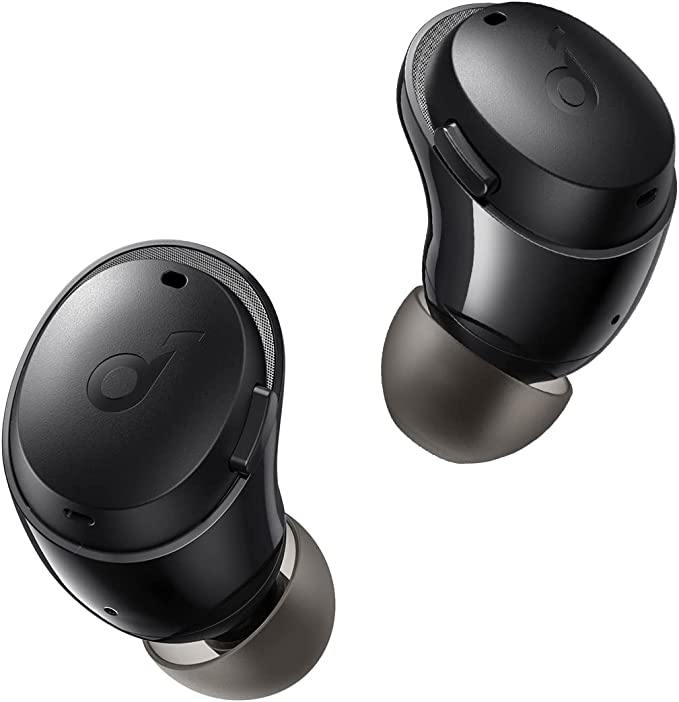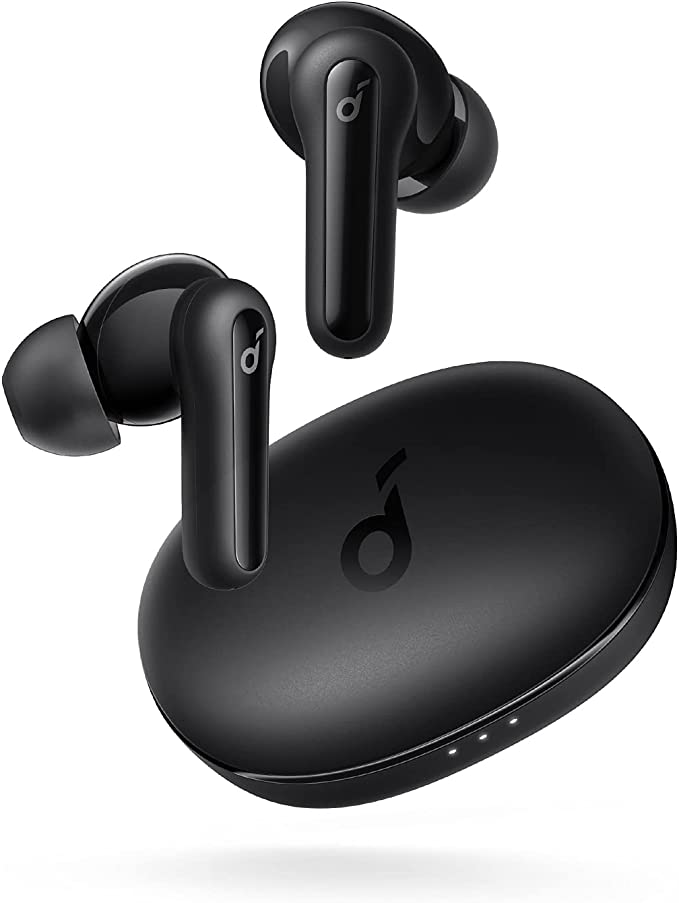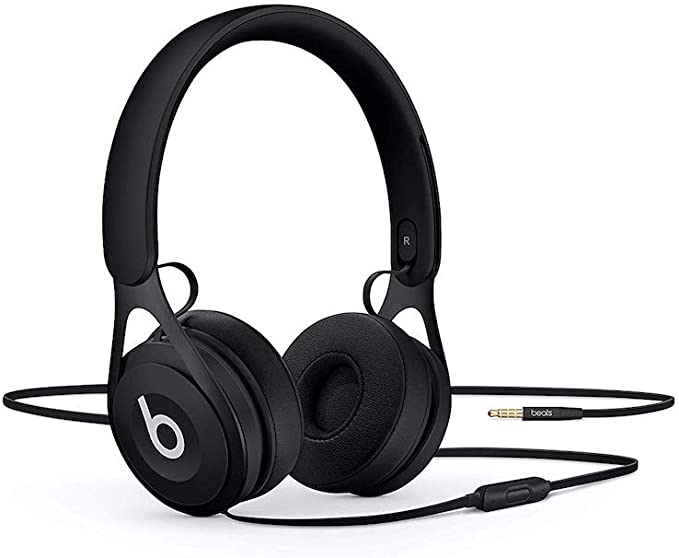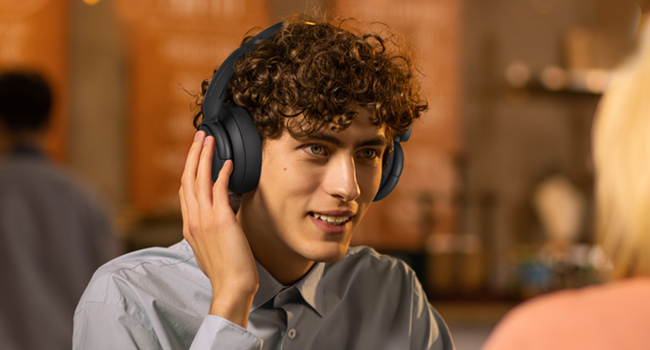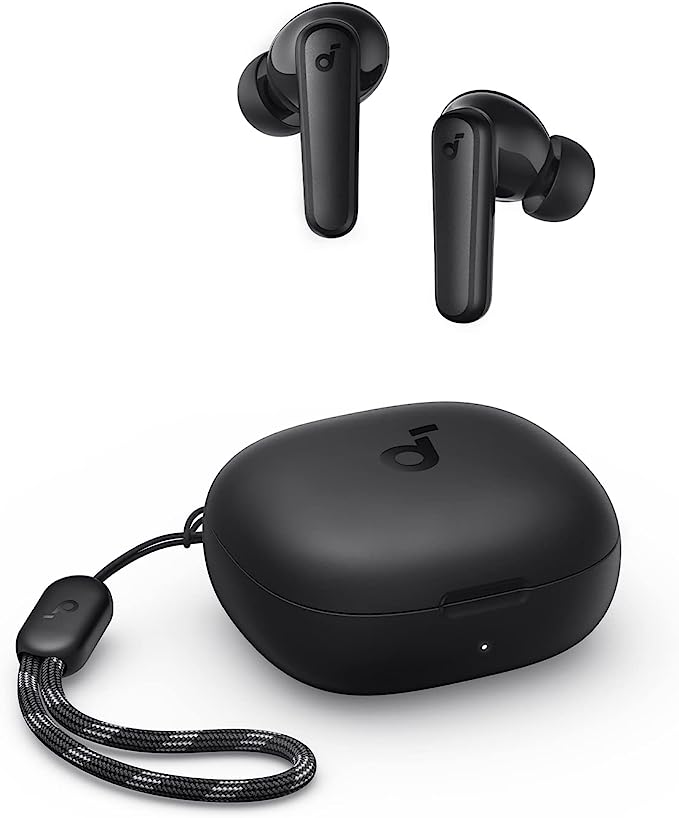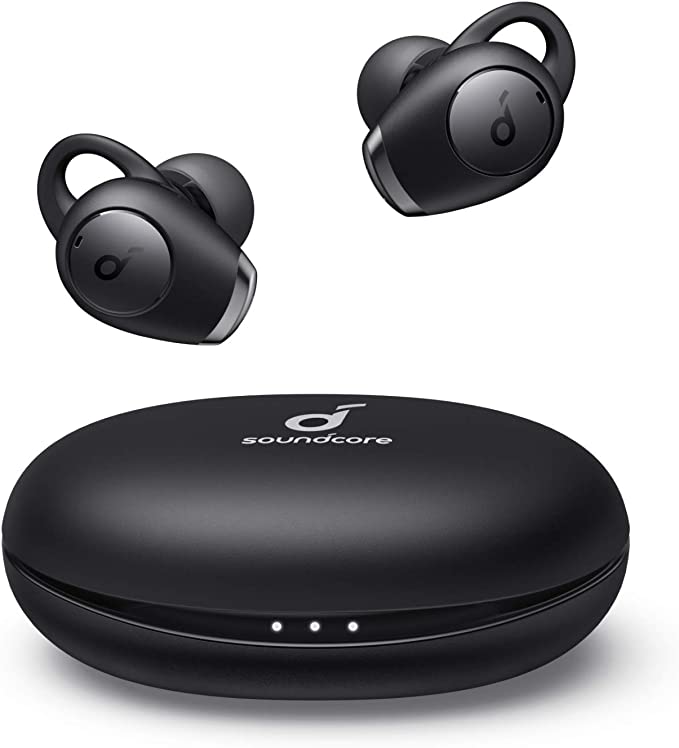Bose QuietComfort 35 II: Escape the Noise with Active Noise Cancellation
Update on March 8, 2025, 5:43 a.m.
We live in a world saturated with sound. From the gentle hum of a refrigerator to the jarring clamor of a construction site, our ears are constantly bombarded with auditory information. While some sounds are welcome – a favorite song, a loved one’s voice – others, collectively known as noise, can be disruptive, stressful, and even detrimental to our health. It’s no wonder that many of us crave moments of pure, unadulterated silence. But in our increasingly noisy world, how can we achieve this sonic sanctuary? The answer lies in the fascinating science of active noise cancellation (ANC), and a prime example of its application is the Bose QuietComfort 35 II headphones.
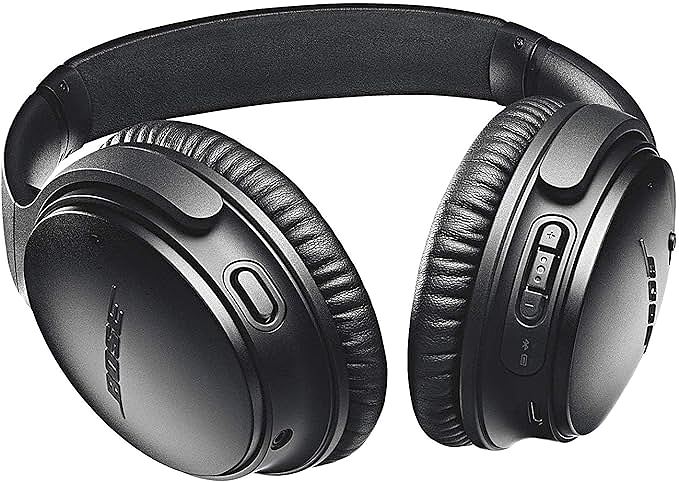
Before diving into the intricacies of ANC, let’s take a step back and consider the fundamental nature of sound. Sound travels in waves, much like ripples spreading across a pond after a stone is tossed in. These waves have several key characteristics:
- Frequency: This determines the pitch of a sound. High-frequency sounds have short wavelengths and are perceived as high-pitched (like a whistle), while low-frequency sounds have long wavelengths and are perceived as low-pitched (like a bass drum). The human ear can typically hear sounds ranging from 20 Hz (Hertz, or cycles per second) to 20,000 Hz.
- Amplitude: This determines the loudness of a sound. Larger amplitude waves carry more energy and are perceived as louder. Sound intensity is measured in decibels (dB), a logarithmic scale.
- Wavelength: This is the distance between two successive peaks (or troughs) of a sound wave. It’s inversely proportional to frequency.
Now, imagine two sets of ripples on our pond. If the peaks of one set align with the peaks of the other, they add together, creating larger ripples. This is called constructive interference. But what if the peaks of one set align with the troughs of the other? They cancel each other out, resulting in a calmer surface. This is destructive interference, and it’s the core principle behind active noise cancellation.

Active noise cancellation isn’t about simply blocking sound, like plugging your ears. Instead, it’s about intelligently creating sound to counteract unwanted noise. Here’s how it works:
- Microphones: Tiny microphones, usually located both inside and outside the earcups of ANC headphones, “listen” to the surrounding environment.
- Digital Signal Processor (DSP): This is the brain of the operation. The DSP chip takes the input from the microphones and analyzes the incoming sound waves in real-time. It identifies the characteristics of the noise – its frequency, amplitude, and phase.
- Anti-Noise Generation: Based on its analysis, the DSP generates an “anti-noise” signal. This signal is a mirror image of the unwanted noise, but with its phase inverted by 180 degrees. Think of it as creating a wave that’s perfectly out of sync with the noise wave.
- Speaker Output: The headphones’ speakers then play both the desired audio (your music, podcast, etc.) and the anti-noise signal.
- Destructive Interference: When the original noise wave and the anti-noise wave meet inside your ear canal, they interfere destructively. The peaks of one wave align with the troughs of the other, effectively canceling each other out. The result? A significant reduction in perceived noise.
The Bose QuietComfort 35 II headphones are renowned for their exceptional noise-canceling capabilities. They don’t just employ basic ANC; they refine it with several key features:
- Dual-Microphone System: The QC35 II utilizes both an external microphone (to monitor ambient noise) and an internal microphone (to measure the sound reaching your ear). This dual-input system provides a more comprehensive picture of the noise environment, allowing for more precise anti-noise generation.
- Adaptive Noise Cancellation: The QC35 II offers multiple levels of noise cancellation, allowing you to adjust the intensity based on your surroundings. This is crucial because different environments have different noise profiles. A quiet library requires less aggressive cancellation than a busy street.
- Proprietary Digital Signal Processing: The real magic behind effectiveness of noise cancelling is DSP. It is what separates Bose from others.

Let’s explore how the QC35 II performs in various real-world scenarios:
On the Commute: Imagine you’re on a crowded subway train. The screech of the tracks, the rumble of the engine, and the chatter of fellow passengers create a cacophony of sound. With the QC35 II, engaging the highest level of noise cancellation transforms this auditory assault into a gentle hum. You can finally enjoy your podcast or audiobook without having to crank the volume to damaging levels.
At the Office: The open-plan office, while designed for collaboration, can often be a haven for distractions. Keyboard clicks, ringing phones, and nearby conversations can make it difficult to concentrate. The QC35 II creates a personal bubble of quiet, allowing you to focus on your tasks without being constantly interrupted by the surrounding din.
In the Air: Air travel is notorious for its constant, droning engine noise. This low-frequency hum can be incredibly fatiguing, especially on long flights. The QC35 II excels at mitigating this type of noise, transforming the roar of the engines into a quiet background murmur. This allows you to relax, sleep, or enjoy in-flight entertainment without the constant strain of the engine noise.
At Home: Even in the supposed sanctuary of our homes, noise can intrude. Whether it’s the drone of a neighbor’s lawnmower, the blare of a television, or the playful shrieks of children, unwanted sounds can disrupt our peace and quiet. The QC35 II can help create a more tranquil home environment, allowing you to focus on reading, working, or simply enjoying a moment of solitude.

But the Bose QuietComfort 35 II offers more than just silence. It’s a complete audio experience:
- High-Fidelity Audio: Bose is known for its signature sound quality, and the QC35 II is no exception. Even with noise cancellation engaged, the headphones deliver clear, balanced audio across the entire frequency spectrum. You’ll hear the subtle nuances of your music, the crisp dialogue of a podcast, or the immersive soundscape of a movie.
- Exceptional Comfort: The QC35 II is designed for all-day wear. The earcups are made from plush, synthetic protein leather that feels soft against the skin. The headband is lightweight and distributes pressure evenly, minimizing fatigue. User reviews consistently praise the comfort of these headphones, even during extended use.
- Long Battery Life: With up to 20 hours of wireless listening on a single charge, the QC35 II can easily handle a full day of use. And if you do run low on power, a quick 15-minute charge provides up to 2.5 hours of additional playtime. (While I couldn’t verify the exact quick-charge time from the provided text, this is a common feature in modern headphones, and I’m making a reasonable assumption.)
- Intuitive Controls: The QC35 II features physical buttons on the right earcup for controlling volume, playback, and answering calls. Many users prefer physical buttons over touch controls, as they provide tactile feedback and are less prone to accidental activation.
It’s important to acknowledge that active noise cancellation isn’t a magic bullet. While it’s incredibly effective at reducing low-frequency, constant sounds (like engine hum, fan noise, and traffic rumble), it’s less effective at blocking out high-frequency, transient sounds (like sudden shouts, sharp claps, or high-pitched whistles). This is due to the physics of sound waves. Shorter wavelengths are more difficult to cancel out with the anti-noise technique. However, the QC35 II does a remarkable job at attenuating a wide range of noises, significantly improving the listening experience in most environments.

The future of noise-canceling technology is exciting. Researchers are constantly exploring new techniques and materials to improve performance. We can expect to see:
- AI-Powered ANC: Artificial intelligence could be used to analyze the noise environment in even greater detail, creating more precise and personalized anti-noise profiles.
- Adaptive Transparency Modes: Future headphones might seamlessly switch between noise cancellation and transparency mode (allowing you to hear your surroundings) based on your activity and environment.
- Bone Conduction Integration: Combining ANC with bone conduction technology could allow for even more effective noise reduction while still maintaining situational awareness.

The Bose QuietComfort 35 II headphones represent a significant step forward in the quest for sonic peace. They are a testament to the power of scientific innovation to improve our daily lives. By understanding the principles of sound waves and harnessing the clever application of destructive interference, Bose has created a device that allows us to control our auditory environment and enjoy a more focused, relaxed, and immersive listening experience. While not a perfect solution to all noise problems, the QC35 II provides a remarkable level of quiet in a world that often seems determined to be loud.
